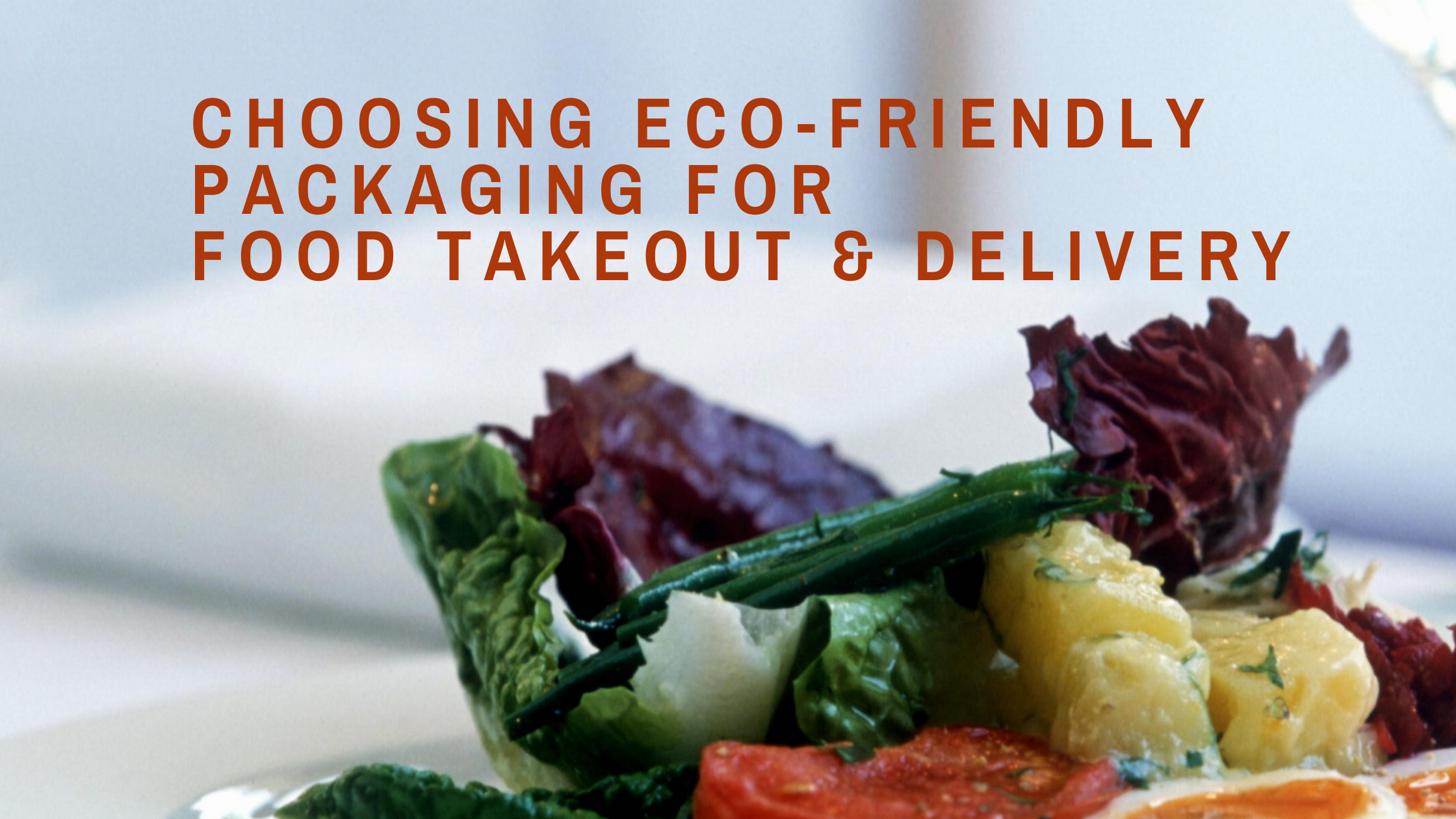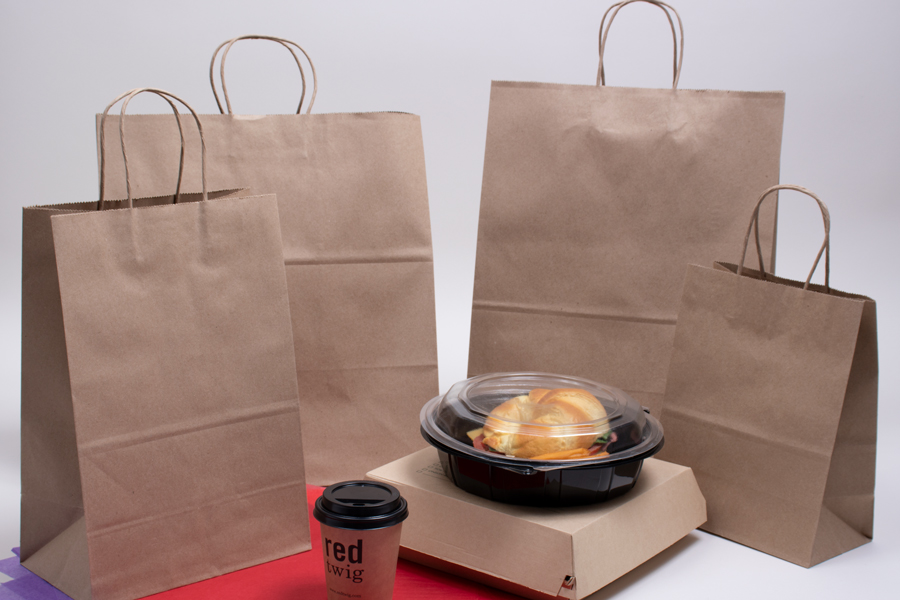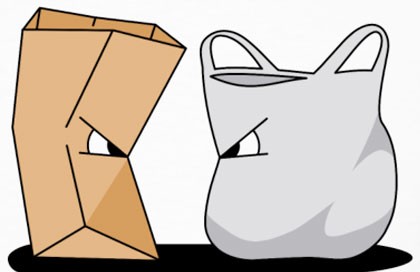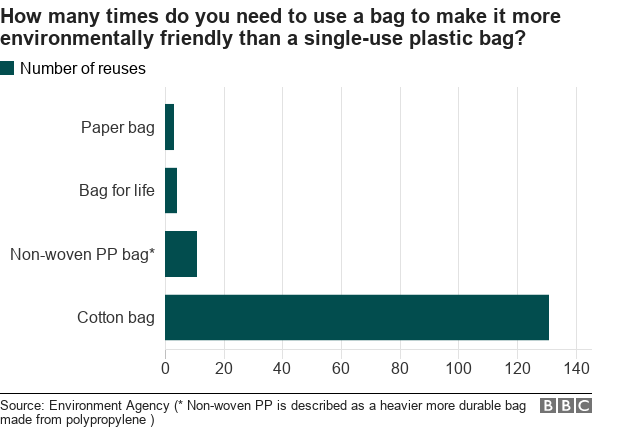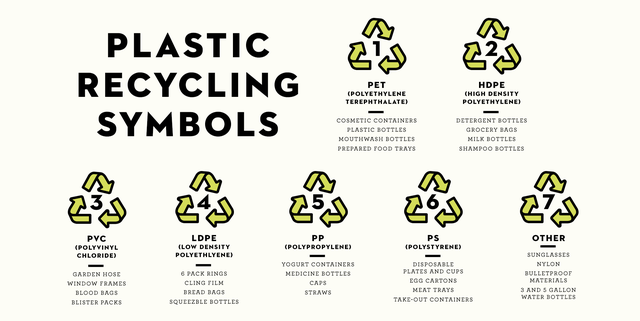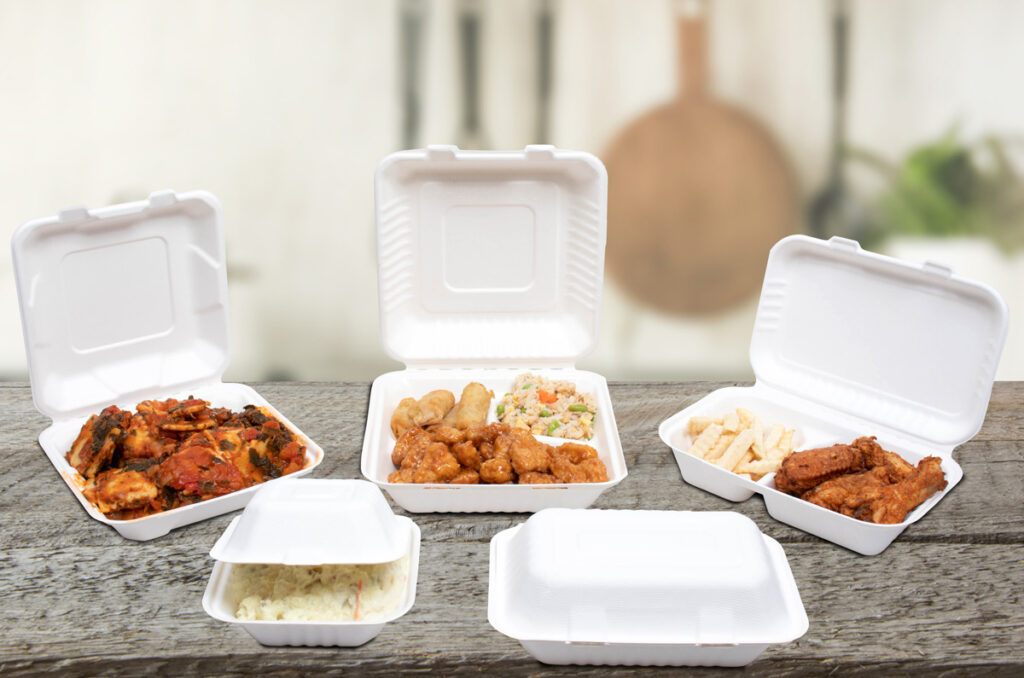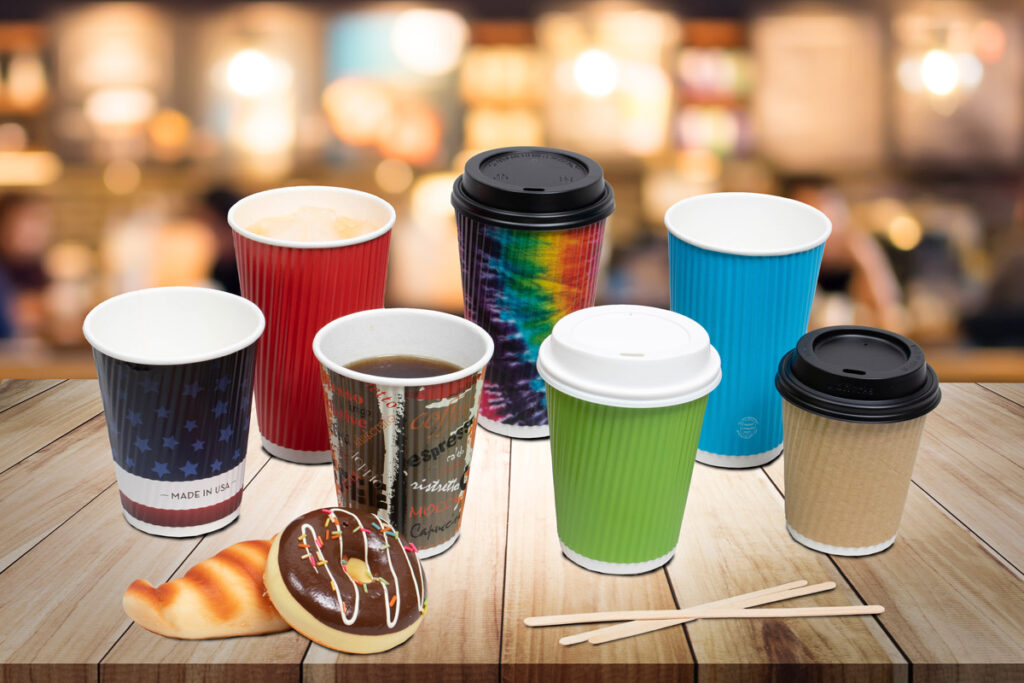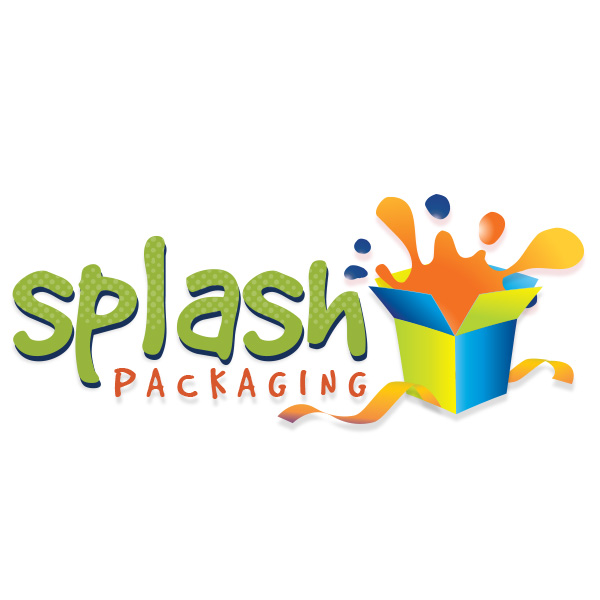By Splash Packaging TeamPackaging Resources, Paper Bags, Restaurant supplies, Sustainability in the Packaging Industry
Eco-Friendly Packaging for Food Takeout & Delivery
Thanks to the rise of third party delivery services and improved technology, takeout food has become extremely popular in recent years. In 2020, the COVID-19 pandemic drastically changed the restaurant industry and many restaurants had to promote takeout and delivery just to stay in business. One of the lesser talked about downsides to this increase in takeout and delivery is the increase in packaging waste it produces.
When customers dine at a restaurant they are usually given their food on reusable plates and use metal silverware, glass cups, and cloth napkins. Restaurants not only save money by using these washable items, but they reduce packaging waste as well. With the changing landscape of the restaurant industry, and health and safety concerns becoming a top priority, the increased use of disposable takeout packaging was inevitable.
As a restaurant owner, you can choose to make more conscious decisions about your takeout packaging to minimize environmental harm and waste. There are many food takeout packaging options that are eco-friendly, and combined with tactics that minimize unneeded packaging, you can create a takeout business that is more earth-friendly overall.
Eco-Friendly Practices: Optimizing your Service
One of the best ways to save resources in terms of packaging is to simply use less of it. When serving your customers for takeout or delivery, always ask them if they would like disposable napkins and silverware. That way you are not sending unneeded items home with customers where they may just be thrown away. This simple action could save tons of packaging waste. Try to use less takeout bags by buying stronger, larger bags that can hold multiple containers. Use small, lightweight bags for small orders. Ask customers to bring their own reusable bags or reusable cups and straws whenever possible. This cuts down on a lot of waste from disposable paper and plastic cups, which often are not recyclable and end up sitting in landfills. These are some simple ways you can cut back on your unnecessary packaging usage for restaurant takeout and delivery.
Eco-Friendly Takeout Packaging Options
There are many ways to make your food takeout packaging more environmentally friendly. Here are some of the considerations you should make and things you should know before you choose your takeout packaging.
Takeout Bags: Paper vs. Plastic
When choosing bags for your restaurant’s takeout food, there are several considerations to make regarding the overall environmental impact of your bags. Paper and plastic bags both have advantages and disadvantages when it comes to their environmental footprint.
Paper Takeout Bags
Paper takeout bags are a better choice for biodegradability and compostability as they will naturally degrade in the environment without causing harm. Paper is also easily recyclable as it is accepted in most recycling facilities and it can be reduced to pulp and formed into new products. On the flip side, paper is more resource-intensive and has a higher carbon footprint to produce. In 2011 a research paper produced by the Northern Ireland Assembly said it “takes more than four times as much energy to manufacture a paper bag as it does to manufacture a plastic bag.” It also costs more to transport on ships or in trucks. Furthermore, cutting down forestry to make paper poses other environmental threats and can negatively effect wildlife. However, most paper in the world comes “production forests” which are fast growing operations with harvesting cycles of 5-10 years. This lessens the overall environmental impact of cutting down a lot of trees faster than they can grow.
Plastic Takeout Bags
Plastic bags have advantages and disadvantages as well, although they have gotten a bad reputation in recent years. Plastic bags use less energy and raw material to produce, and their weight for shipping is less than paper bags. But plastic is made from oil, which is a non-renewable resource. Plastic can be recycled efficiently but the main downside with plastic takeout bags is that most curbside recycling programs will not accept them. Consumers are not likely to go out of their way to find recycling centers for their plastic bags. However, they may reuse their plastic bags to line trash cans or pick up dog waste before discarding. Plastic bags also have a tendency to end up as litter in places they don’t belong, like the ocean or in nature, which has led to plastic bag bans in many coastal areas. Plastic that ends up in the environment will take between 400 and 1,000 years to decompose.
Alternative Materials
There is also the option of alternative materials, like bioplastics or tree-free paper sources. Some of these options include PLA or polylactic acid, which is made from plant starches like corn or sugarcane, or PHA (polyhydroxyalkanoate), made by microorganisms that produce plastic from organic materials. Some of these bioplastics are fully biodegradable and compostable and are made from renewable resources, but they are usually more expensive. Some tree-free paper sources include bagasse made from sugarcane fibers, bamboo, hemp, or other types of plant fibers. These alternative materials often cost more and are harder to source, so restaurants with thin profit margins can’t always afford to choose them for packaging.
Takeout Boxes: Paper, Plastic, or Alternatives
Takeout boxes can be made from paper, plastic, or some newer alternative materials like Bagasse (sugarcane), PLA (made from plant based starches), and even minerals. There are plenty of options to choose from, and you’ll need to consider the types of food you will be packaging and the level of durability you need in your takeout boxes.
Plastic Takeout Boxes
Plastic takeout boxes are a great way to package really messy foods or soups because they are essentially leak-proof and completely moisture-resistant. Plastic boxes may be recyclable in some cases, but are often not cleaned or recycled properly. There is a lot of confusion and misinformation surrounding recycling food containers which causes issues in recycling facilities. To know whether or not a plastic takeout box is recyclable, check for the recycle symbol on the box and note if there is a number listed inside or near it. Plastic is graded by a numerical system and your local recycling facilities will probably note which number plastics can be recycled by them. These capabilities vary by location so it’s important to get familiar with your local recycling facilities’ guidelines.
Paper Takeout Boxes
Paper boxes are excellent for packaging cold food items, and certain types of hot food items including fried foods. For messier or saucy items, it will depend on the construction of the box and the leak-resistance it offers. Many paper takeout food boxes are recyclable, but sometimes the additional of a plastic interior lining to prevent grease breakthrough can make them ineligible for recycling. Also, paper food containers that are soiled with food or grease are no longer recyclable. The good thing about most paper products is that they are biodegradable and compostable. So if they cannot be recycled, they will eventually still biodegrade into the environment, or they can be composted. As a bonus, many paper boxes are made using recycled materials, so they use less raw material.
Bagasse Food Containers
Bagasse food containers are a type of molded box made from the fibrous pulp of sugarcanes. The bagasse material is a pre-consumer recycled byproduct of the sugar making process and is formed into a paper-like material that can be shaped into boxes or food containers. Sugarcane is a readily renewable resource that grows quickly, making it more sustainable than using paper from trees. Bagasse is also biodegradable and compostable, and offers a natural resistance to grease and moisture. Bagasse boxes are a durable way to package hot or cold food items and they are also refrigerator and microwave safe. The important thing to know about bagasse is that it is not paper, and is therefore not recyclable.
Mineral Food Containers
There are also so-called “mineral-filled” food takeout boxes that combine strong mineral materials like calcium carbonate with polypropylene plastic to create a durable, lightweight box with a smaller environmental footprint. These boxes use less plastic, are lightweight but durable, and can be recycled with #5 plastics. This method of manufacturing boxes reduces the amount of plastic used but gives the end user the same functions as a plastic box.
Eco-Friendly Utensils, Cups, Napkins, etc.
Most affordable utensil options for takeout food are made from plastic. However, there are compostable cutlery options available, generally made from plant-based plastic materials. These utensils will actually degrade in the proper composting environment. In general, disposable utensils should be avoided whenever it’s possible, so be sure to ask your customers if they need utensils with their order. Some food ordering apps may provide this function built-in so the customer can choose when they order.
Napkins are generally made from recycled paper materials and are biodegradable, so they may not be a huge environmental concern to restaurants. However, you should still be choosy with your napkin use and resist the temptation to stuff a huge handful of napkins into every takeout order. Many people will not actually need these napkins and will just throw them away.
Cups can be made from paper or plastic, and may or may not be recyclable depending on the materials used. Plastic cups are usually made from PET plastic and can be recycled. Straws are another story, but the increased use of sipper lids helps cuts down on straw waste. Paper cups can be recycled, but usually have a plastic interior lining to keep the cup from getting soggy, and some recycling facilities won’t accept them. Among paper cup options there are standard paper cups which may require an additional cup sleeve for hot beverages, or there are ripple paper cups which have a rippled exterior layer to prevent heat transfer to hands without the need for a separate cup sleeve.
As you can see, there are a lot of considerations to make when trying to choose eco-friendly food takeout packaging. It can be difficult to navigate all the ins and outs of recyclability, environmental footprints, waste potential, and the costs of all of these options. Splash Packaging offers a variety of paper and plastic takeout packaging including bags, boxes, cups, cup carriers, and more, so you can make the best choices for your business. We always list the available environmental information so you can be informed about your decisions.
- bagasse boxes
- biodegradable packaging
- bioplastic packaging
- compostable packaging
- compostable utensils
- eco friendly food packaging
- eco friendly packaging
- food delivery
- food delivery packaging
- Food Packaging
- packaging
- recyclable packaging
- restaurant business
- Restaurant Food Packaging
- Restaurant Packaging
- takeout bags
- takeout boxes
- tree free packaging
See how Splash Packaging can elevate your brand with exceptional quality & style.
Newsletter sign up
Recent Posts
- How to Package Baked Goods to Maximize Freshness & Presentation
- The Best Ways to Package Homemade Jams & Jellies for Gifts or Sale
- The Best Paper Shopping Bag for Takeout: Why Restaurants Choose the EcoPlus™ 10 x 10 x 10 Takeout Bag
- E-Commerce Trends for 2025: What Online Retailers Need to Know
- Paper vs. Plastic Bags: Which Is the Best Choice for Your Business?

